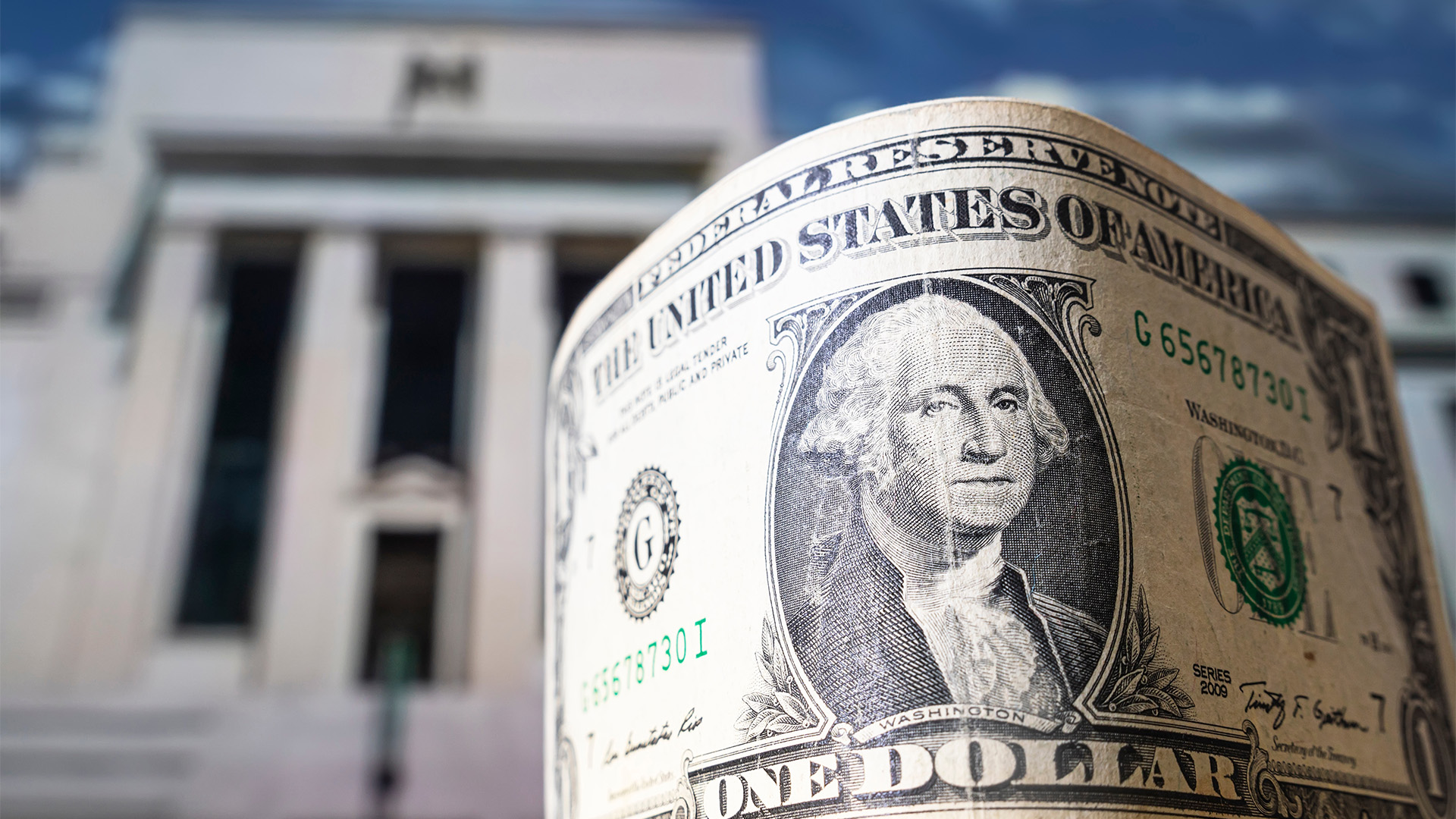By midday Friday we should be fully up to date on what the Reserve Bank thinks happened in the Australian economy over the Christmas-New Year break with regard to inflation, supply chain problems, labour shortages and Covid omicron and the likely path for the early months of 2022.
After tomorrow’s first monetary policy meeting of 2022, the RBA will issue the usual post-meeting statement from Governor Phil Lowe, make a separate statement on the future of its bond buying.
Wednesday will see Governor Phil Lowe addressing the National Press Club and Friday sees the bank issue its first Statement on Monetary Policy for the year with new economic forecasts and updates views on the outlook for the economy.
And we will likely be as unclear about the outlook as we were in late 2021 simply because the damage being done by Covid omicron still hasn’t worked its way through the system.
But there won’t be a rate rise from the RBA.
Early reports from retailers confirm sales growth is weak or not happening and earnings remain under pressure.
December’s job data – 65,000 new jobs and the unemployment rate falling to 4.2% – was all due to what was happening in early December and before the new Covid variant hit hard later in that month and in January.
Inflation certainly rose in the December quarter – 1.3% quarter on quarter and 3.5% for the year – producer prices were up 3.7% annual – but the culprit is high oil and petrol prices which can’t be controlled by monetary policy here or offshore.
But that won’t stop the bond bunnies and inflationistas insisting the RBA lift rates ASAP – like tomorrow.
NZ inflation is running at 5.9%, US PCE (the core inflation reading favoured by the Fed was 5.8% in December – up from 5.7% in November and thanks to a 30% rise in energy prices. But core (PCE inflation (dropping oil and food) was up 4.9%.
The US CPI was up an annual 7% – all the highest since the early 1980’s which was in the wake of the second oil crisis in 1979-80 when Iran collapsed and China and Vietnam fought a limited war.
AMP Chief Economist Shane Oliver says the RBA “is expected to leave rates on hold but following recent stronger than expected jobs and inflation data will likely revise down its unemployment forecasts and revise up its inflation and wages forecasts and as a result adopt a far more hawkish stance signalling that rate hikes are likely to start earlier than its previous guidance for around 2024.”
He said it will also announce an end to its bond buying program.
Dr Oliver said the new ‘hawkish’ message from the RBA “is likely to be elaborated on in a speech by Governor Lowe (Wednesday) and in the RBA’s quarterly Statement on Monetary Policy (Friday).”
“As noted earlier in this report our base case is for the first hike in August of 0.15%, followed a 0.25% hike in September with the cash rate end the year at 0.5% but the risk is that rate hikes will start in June with the cash rate ending the year at 0.75%,” Dr Lowe said.
Meanwhile Moody’s economists take a similar view, writing in their weekly note at the weekend that the RBA is expected to announce the end of its quantitative easing program and bring forward the timing of when the cash rate will begin increasing.
“The upside surprise in December quarter inflation data, alongside the strong December employment report are behind the more abrupt adjustment to normalising monetary policy settings being expected.
“Subdued wage growth remains a thorn in the side of the central bank.
“A key item to watch in the February statement will be whether the RBA holds onto the view that they won’t move on the increasing the cash rate until wage growth sees sustained acceleration,” Moody’s economists wrote.
This week also sees the usual start of the month data releases – December credit growth data from the RBA which is expected to show another rise for housing credit while CoreLogic home price data for January tomorrow is forecast to show a 0.9% rise.
Tomorrow also sees the RBA release its monthly Commodity Price Index for January.
As well Tuesday will see the release of December retail sales (a 3% slide is forecast) and housing finance for December (a small fall is forecast), dwelling approvals could rise after several weak months and the trade surplus for last month will end up around $9 billion, which is what it was in November.













